Why all eyes will be on US inflation data this week
As the world comes out of lockdown and demand for goods and services rises, attention will shift to inflation and what it means for interest rates. This week sees a release of significant US inflation data – John Stepek explains why it’s so important.

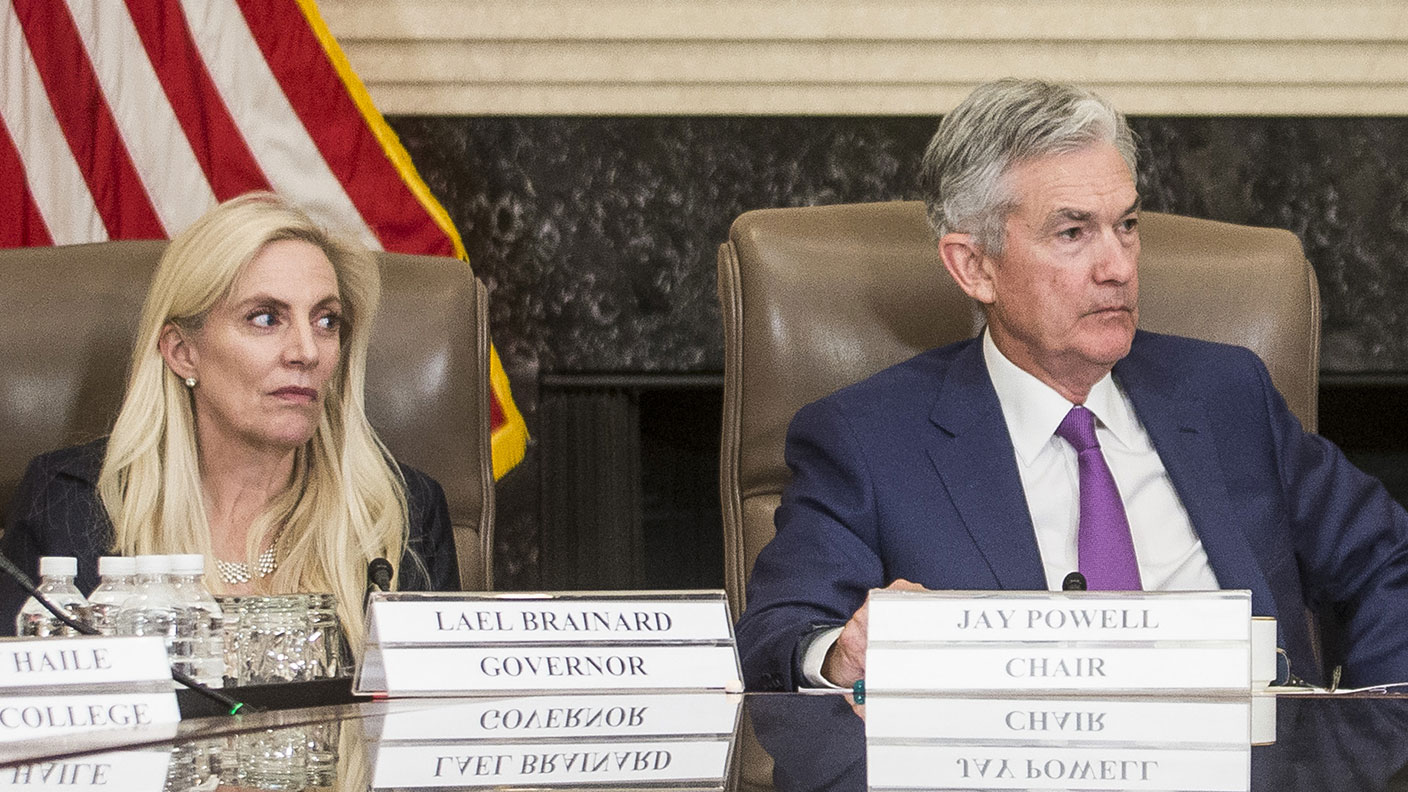
Happy “buy a pint and get a haircut” day to anyone who’s also in whichever parts of the UK that applies to (I’m losing track despite having friends and relatives all over). Nice to see that the weather hasn’t lost its sense of humour (for those of you lucky enough to be living in sunnier climes, it’s snowing – not quite for the first time this year but close enough to be ironic).
On the investment side of things, one of the most important aspects of re-opening is what it might mean for inflation. And this week, all eyes will be on one early indicator on that front – US consumer price inflation data due out on Tuesday.
Why the inflation data matters
Among other things that markets will pay close attention to this week is the latest US inflation data, out on Tuesday. The inflation data matters, mostly because of what it might imply for the direction of interest rates from here.
MoneyWeek
Subscribe to MoneyWeek today and get your first six magazine issues absolutely FREE

Sign up to Money Morning
Don't miss the latest investment and personal finances news, market analysis, plus money-saving tips with our free twice-daily newsletter
Don't miss the latest investment and personal finances news, market analysis, plus money-saving tips with our free twice-daily newsletter
Investors are worried that if inflation is stronger than expected, then the Federal Reserve – America’s central bank – will have to raise interest rates (or at least stop printing as much money), a bit earlier than expected in order to combat inflation. In turn, that will make debt servicing more expensive.
Now to be clear, we’re not talking about imminent rate hikes here, we’re talking about the difference between rates being raised in 2023 rather than 2024. But at the moment, there’s a lot of debt around to service, so markets are hyper-sensitive about this stuff.
You might wonder why the market is so twitchy. After all, the US central bank has been bending over backwards to explain to the market that it doesn’t want to raise interest rates. In fact, the Fed has been trying to make it clear that its whole approach to rates has changed.
To get an idea of how the Fed feels right now, Helen Thomas of Blonde Money points out one good recent example. Last month, Lael Brainard – a key member of the Fed’s interest-rate-setting committee – made a speech entitled “Remaining Patient as the Outlook Brightens”.
In it, she noted that “the emphasis on outcomes rather than the outlook corresponds to the shift in our monetary policy approach that suggests policy should be patient rather than pre-emptive at this stage in the recovery.”
What does that mean? In the olden days (before the financial crisis and during Alan Greenspan’s Great Moderation), people used to talk about monetary policy acting with “a lag”. In other words, if you thought inflation was going to be a lot higher in a year’s time, you better act now to stave that off. So the job of a central banker was to form a view on the outlook, then react to that outlook. What Brainard – and by extension, the Fed itself – is saying here, is that they want to see what happens first, and then react to it.
In turn, if you still believe that monetary policy acts with a lag (and perhaps in our increasingly financialised economy, that’s debatable), then this implies that the Fed will allow the economy to "run hot" for a while, just to ensure things are ticking over, before it does anything. In other words, they want to see everyone in a job, and inflation actually rising significantly, before they do anything. And indeed, this is exactly what Jerome Powell, the Fed governor, has been saying for quite some time.
So why won’t markets just calm down about all this? As ever, it’s a bit more complicated than that.
Why you should keep an eye on Amazon
Technically, the Fed just controls short-term interest rates. Longer-term interest rates are normally more driven by market appetite for longer-term debt. That’s not been the case in recent years, when quantitative easing has seen central banks buy a lot of government debt across all maturities. But normally it’s the case.
So if inflation expectations go up a lot – as in, the market expects inflation to rise – then investors will push the yields on long-term bonds higher, which in turn means that bond prices go down. That means long-term interest rates are higher, which represents an increase in the cost of money across the economy.
So talk isn’t enough. And standing still isn’t enough either. A central bank can keep short-term interest rates exactly where they are simply by not doing anything (it’s a bit more complicated than that, but not much more). But that’s not the case for long-term rates. If the Fed wants long-term rates to stay lower, it has to do something, even if it’s just telling markets that it won’t allow rates to go higher than say, 2.5%.
In other words, if the Fed is serious about its change of heart, then it’s going to have to act. It’d be nicer if it could simply achieve what it wants to do via implicit threats (because it’s never comfortable to be explicit about a monetary policy that amounts to picking and choosing winners and losers, which is meant to be the government’s job). But I suspect the market will force it to show its hand, one way or another.
Of course, as far as this week goes, the inflation data could be entirely benign. It might even disappoint. You never know from month to month – data is volatile. If there’s a sense that reflation is faltering or undershooting then that could be just as, if not more, disappointing to markets.
In the last week or so, a bit of steam has gone out of the reflation trade. That’s almost certainly a case of it needing to take a breather. But it’s interesting to see that the big tech stocks – the ones that took the biggest hit when bond yields began to rise – made a strong comeback last week.
Amazon in particular looks like it might be about to break higher from the trading range it’s been stuck in since September last year. This is one I’ll be keeping a close eye on. My gut feeling is that if Amazon can break higher then it’s probably a sign that the market believes that the “Goldilocks” environment – where the economy is neither too hot nor too cold – is going to be around for a while longer, which would also imply the bull market in stocks continuing.
We’ll see what happens tomorrow. Meanwhile, for more discussion of all of these topics, subscribe to MoneyWeek magazine – get your first six issues – plus a beginner’s guide to bitcoin – absolutely free here.
Get the latest financial news, insights and expert analysis from our award-winning MoneyWeek team, to help you understand what really matters when it comes to your finances.
John Stepek is a senior reporter at Bloomberg News and a former editor of MoneyWeek magazine. He graduated from Strathclyde University with a degree in psychology in 1996 and has always been fascinated by the gap between the way the market works in theory and the way it works in practice, and by how our deep-rooted instincts work against our best interests as investors.
He started out in journalism by writing articles about the specific business challenges facing family firms. In 2003, he took a job on the finance desk of Teletext, where he spent two years covering the markets and breaking financial news.
His work has been published in Families in Business, Shares magazine, Spear's Magazine, The Sunday Times, and The Spectator among others. He has also appeared as an expert commentator on BBC Radio 4's Today programme, BBC Radio Scotland, Newsnight, Daily Politics and Bloomberg. His first book, on contrarian investing, The Sceptical Investor, was released in March 2019. You can follow John on Twitter at @john_stepek.
-
 8 of the best properties for sale with indoor gyms
8 of the best properties for sale with indoor gymsThe best properties for sale with indoor gyms – from a four-storey mews house in London’s Knightsbridge, to a 1920s Arts & Crafts house in Melbury Abbas, Dorset
-
 Top stock ideas for 2026 that offer solidity and growth
Top stock ideas for 2026 that offer solidity and growthLast year’s stock ideas from MoneyWeek’s columnist and trader, Michael Taylor, produced another strong performance. This year’s stocks look promising too
-
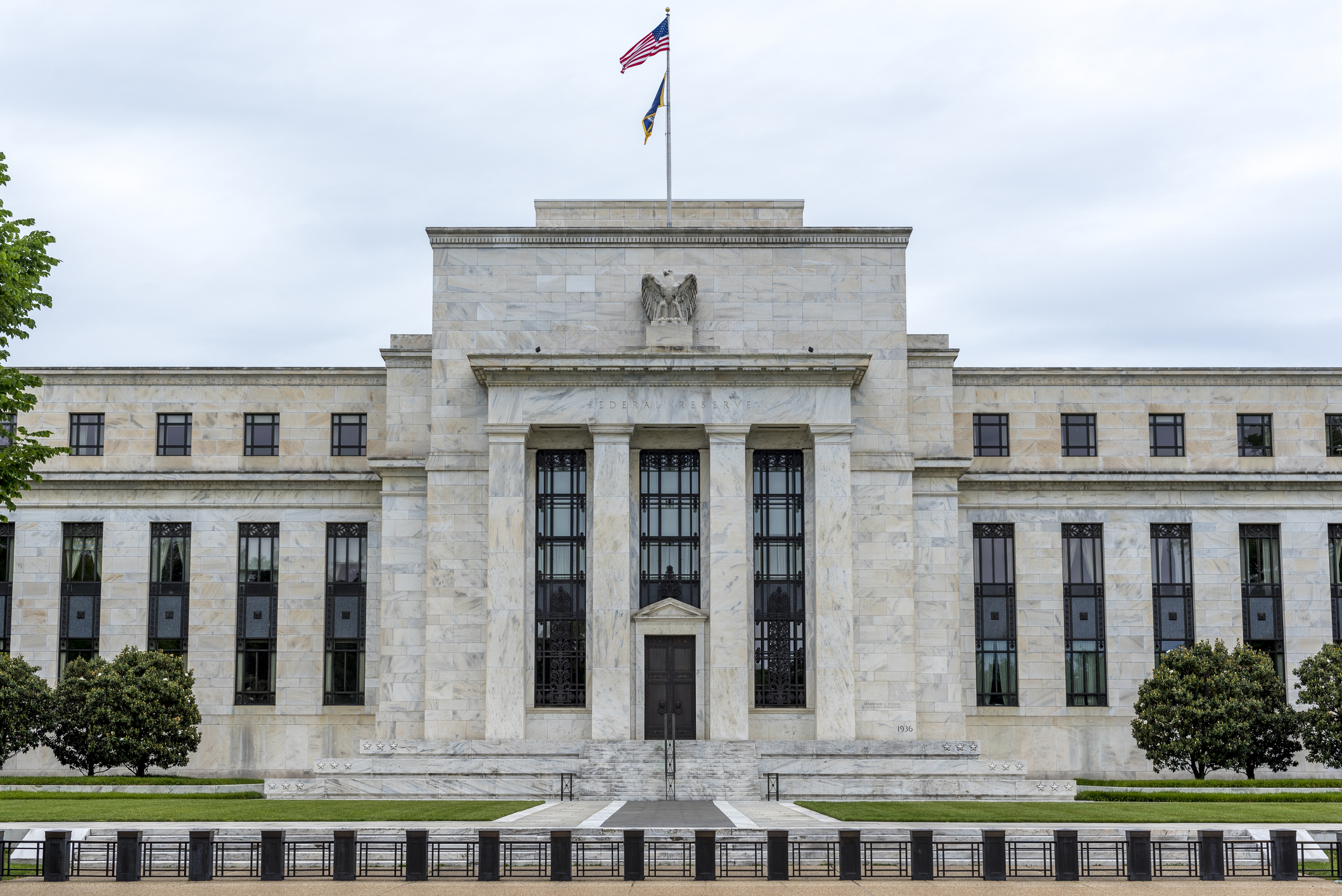 'Governments are launching an assault on the independence of central banks'
'Governments are launching an assault on the independence of central banks'Opinion Say goodbye to the era of central bank orthodoxy and hello to the new era of central bank dependency, says Jeremy McKeown
-
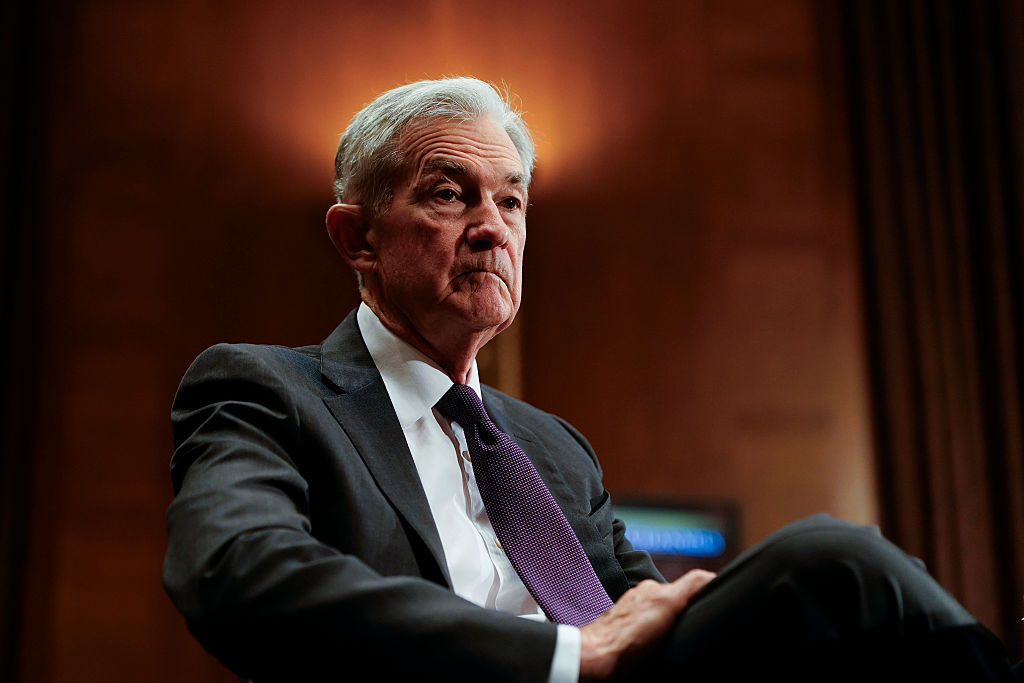 Will Donald Trump sack Jerome Powell, the Federal Reserve chief?
Will Donald Trump sack Jerome Powell, the Federal Reserve chief?It seems clear that Trump would like to sack Jerome Powell if he could only find a constitutional cause. Why, and what would it mean for financial markets?
-
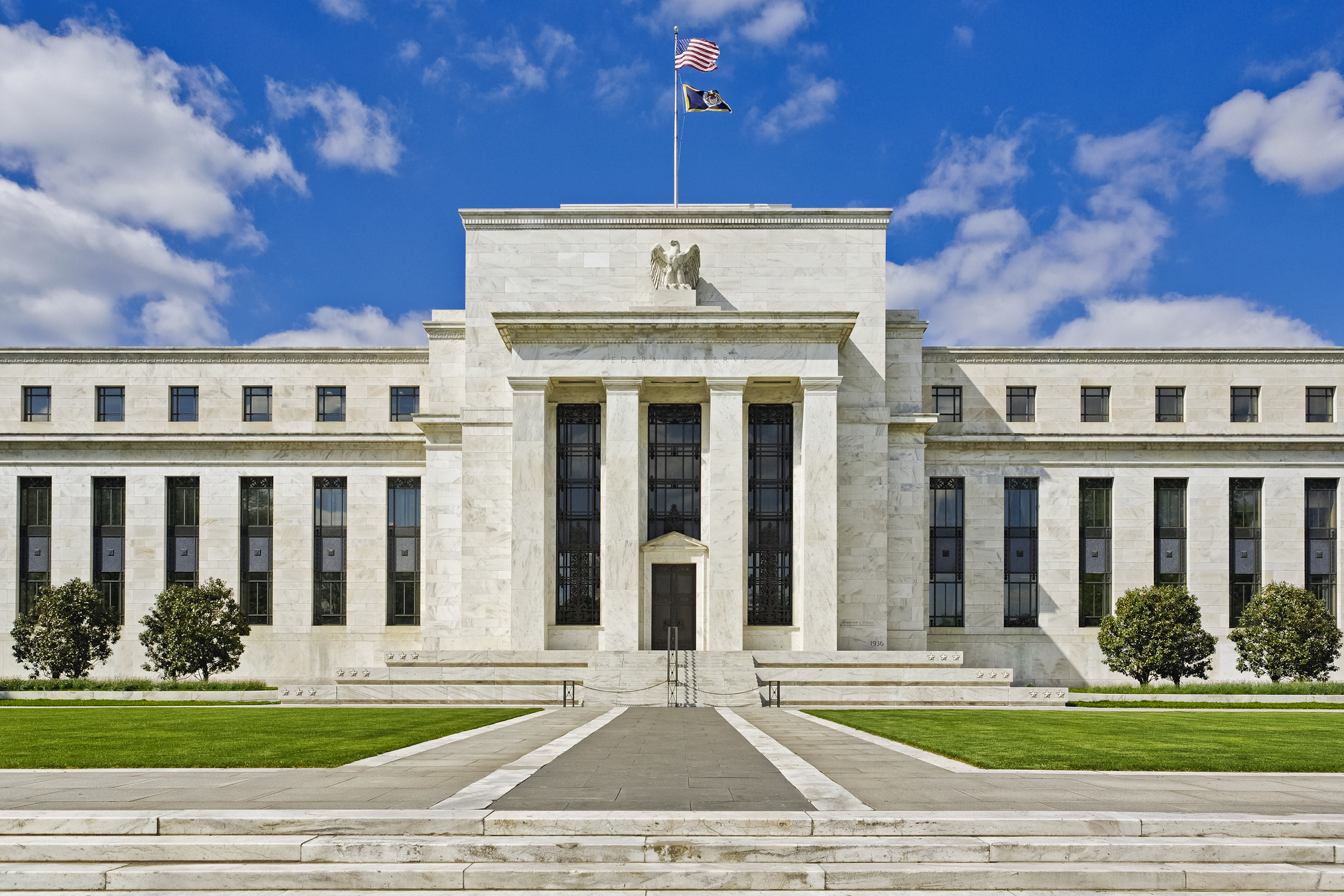 Do we need central banks, or is it time to privatise money?
Do we need central banks, or is it time to privatise money?Analysis Free banking is one alternative to central banks, but would switching to a radical new system be worth the risk?
-
 Will turmoil in the Middle East trigger inflation?
Will turmoil in the Middle East trigger inflation?The risk of an escalating Middle East crisis continues to rise. Markets appear to be dismissing the prospect. Here's how investors can protect themselves.
-
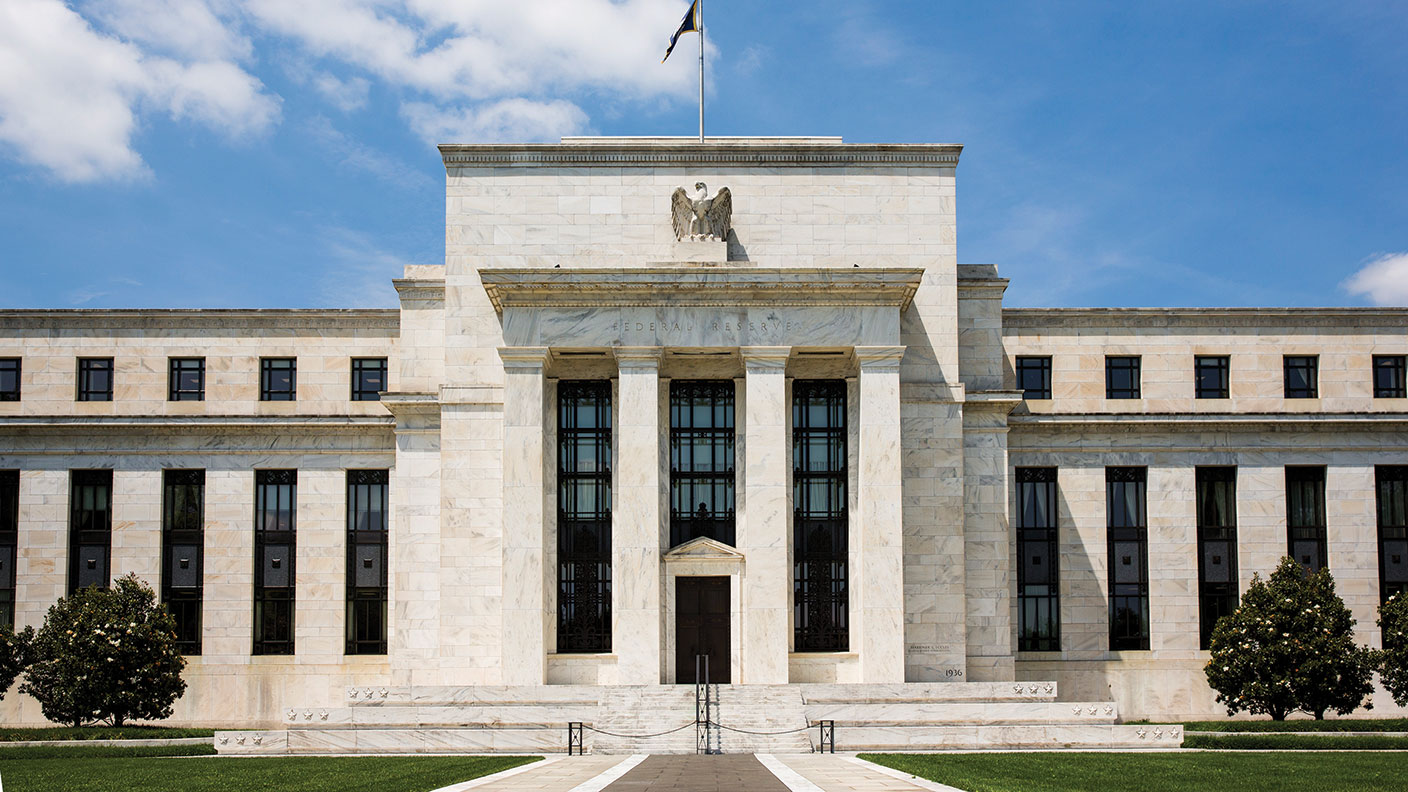 Federal Reserve cuts US interest rates for the first time in more than four years
Federal Reserve cuts US interest rates for the first time in more than four yearsPolicymakers at the US central bank also suggested rates would be cut further before the year is out
-
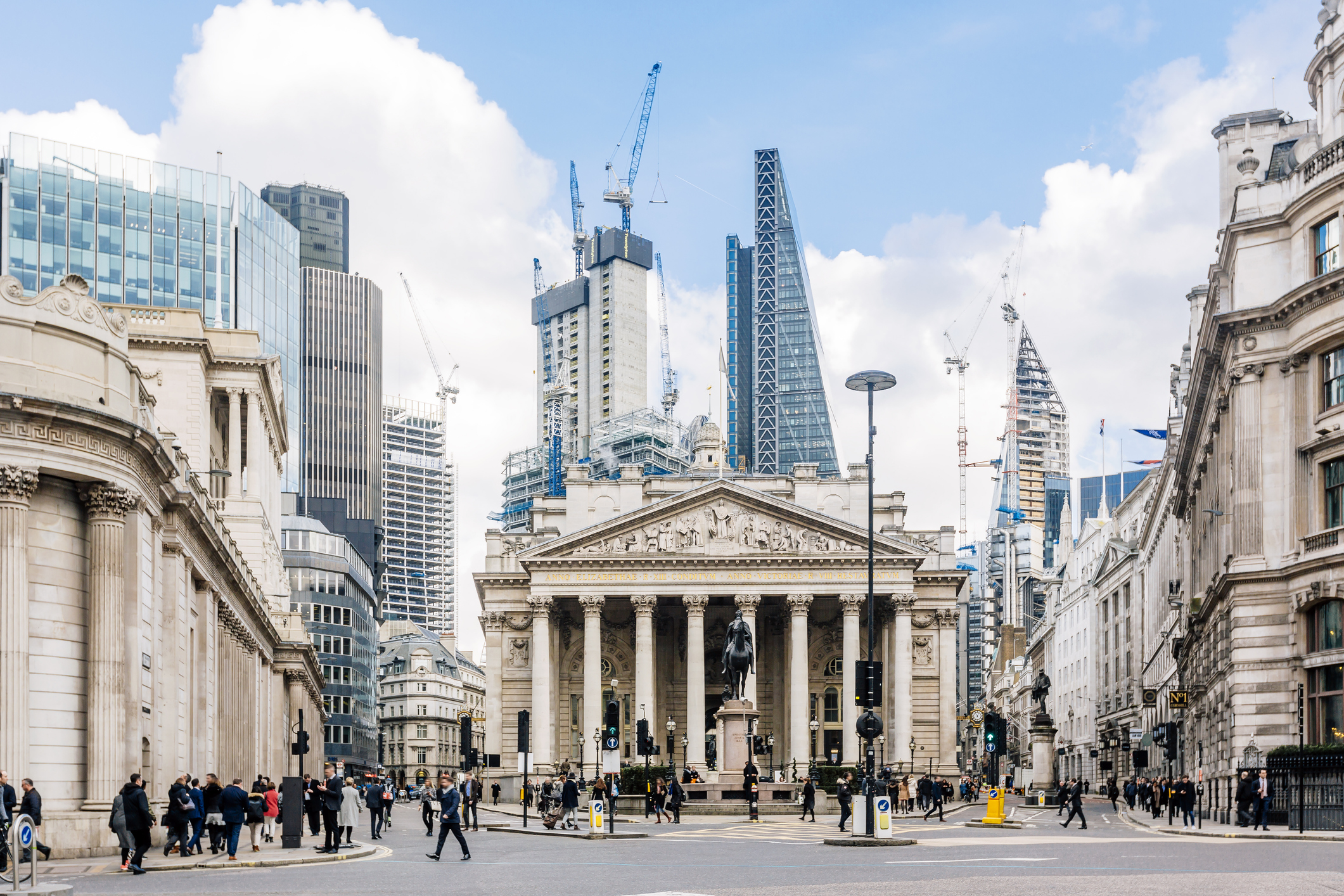 The Bank of England can’t afford to hike interest rates again
The Bank of England can’t afford to hike interest rates againWith inflation falling, the cost of borrowing rising and the economy heading into an election year, the Bank of England can’t afford to increase interest rates again.
-
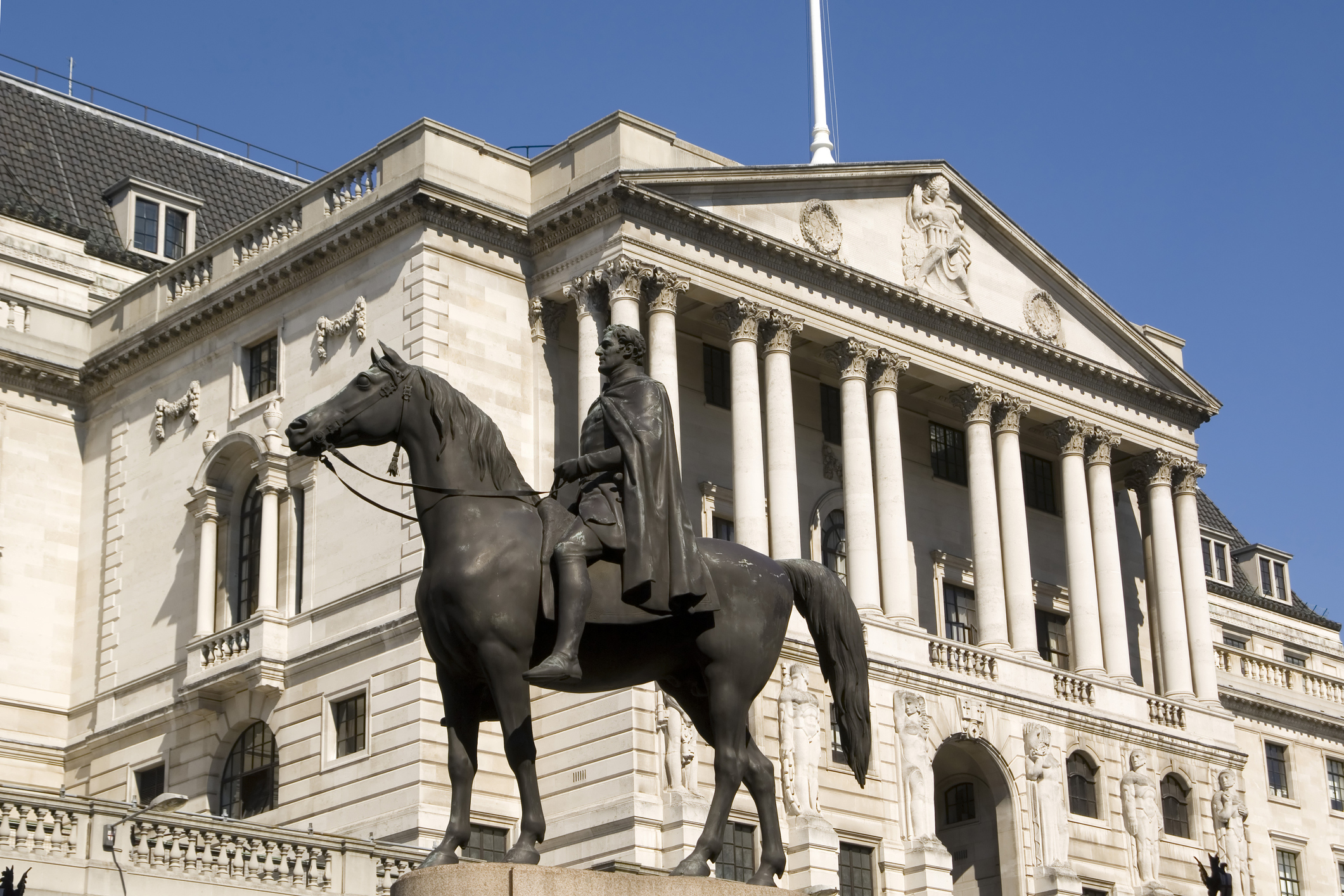 Interest rates held at 5.25% again
Interest rates held at 5.25% againThe Bank of England has kept rates at 5.25% again, in a widely anticipated move. We look at what it means for your money - and what the Bank’s next move could be
-
 US inflation rises to 3.7% as energy prices surge - will the Fed hike rates?
US inflation rises to 3.7% as energy prices surge - will the Fed hike rates?US consumer price index rose in August but markets do not expect a rate hike this month
